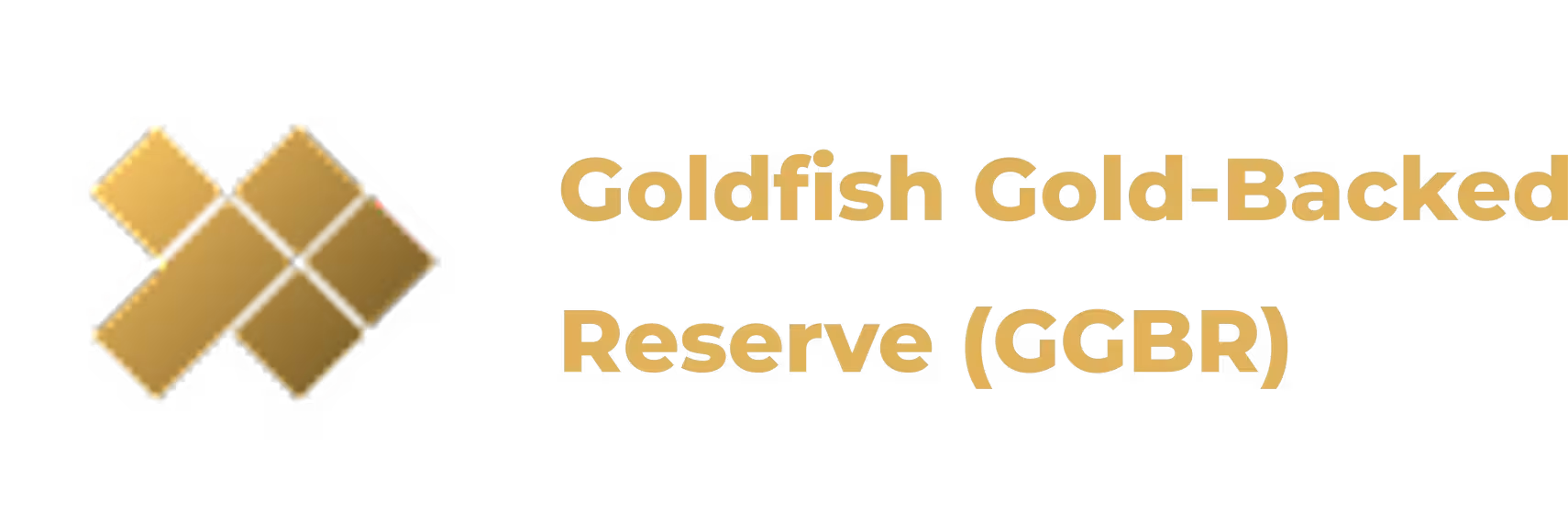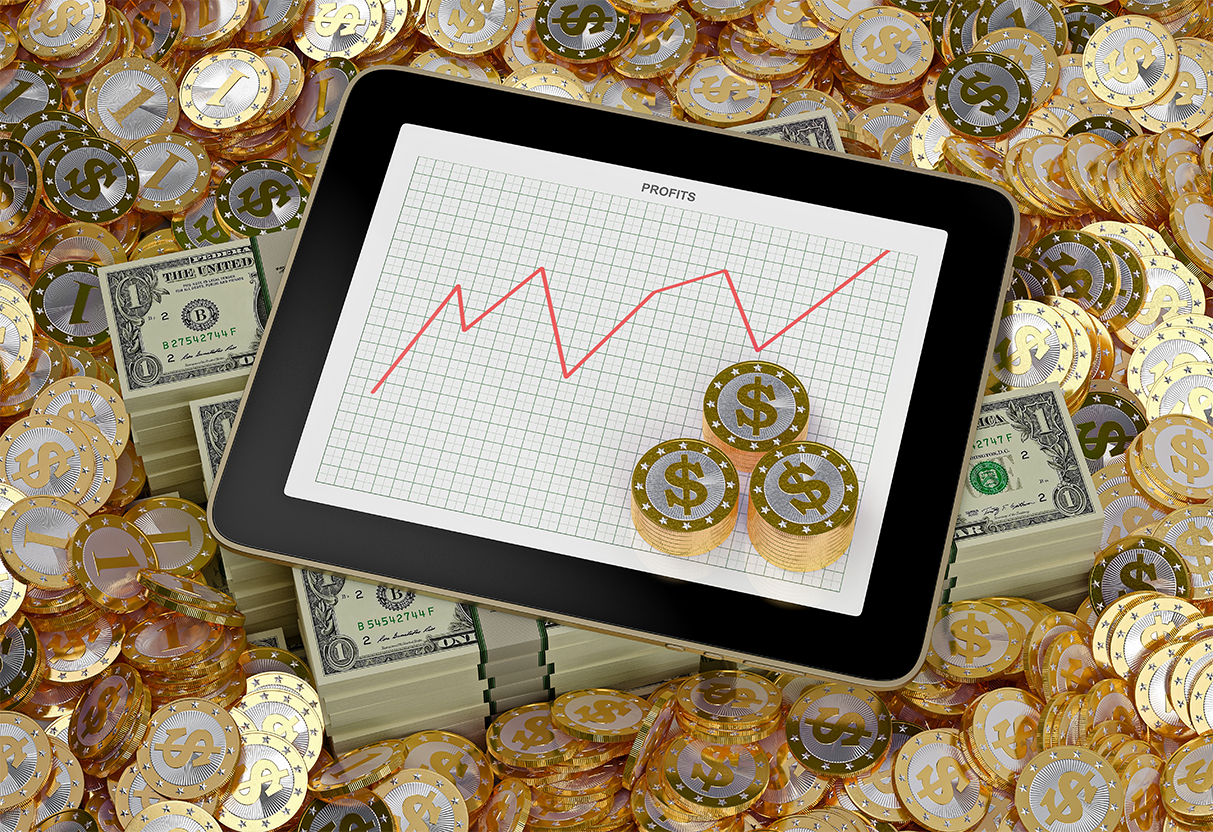In an era of shifting global economic sands, the once-unquestioned dominance of the U.S. dollar is facing unprecedented scrutiny. As we move through 2025, reports from major financial institutions like J.P. Morgan highlight an accelerating de-dollarization trend, driven by geopolitical tensions, trade disruptions, and a search for alternative stores of value.
This is reshaping of how central banks, investors, and everyday savers approach wealth preservation. With dollar reserves dipping to multi-decade lows and gold emerging as a key beneficiary, it’s worth examining the current landscape and exploring practical ways to adapt, including innovative digital options that make gold more accessible than ever.
The Current State of De-Dollarization
De-dollarization, the process of reducing reliance on the U.S. dollar in global trade, reserves, and transactions, has gained momentum in 2025. According to recent analyses, the dollar’s share of global reserves has fallen below 60%, hitting levels not seen since the early 1990s.
J.P. Morgan’s mid-2025 insights point to a 7.3% decline over the past decade, with total holdings of dollar-denominated securities by foreign central banks dropping by $59 billion in 2024 alone.
This trend has intensified under the current U.S. administration’s policies. Aggressive tariffs and isolationist stances have strained alliances, particularly with Europe and Asia, prompting a faster shift away from dollar dependency.
In Asia, for instance, de-dollarization is picking up pace, with countries like those in ASEAN converting foreign exchange deposits accumulated since 2022 into alternatives.
Globally, the U.S. currency’s reserve share is projected to decrease by another 12% over the next two decades, though the pace could quicken amid ongoing uncertainties.
Central banks in emerging markets, such as China, Russia, and Turkey, are leading the charge by diversifying reserves. These “competitor economies” have been the largest gold buyers over the last decade, with emerging market central bank gold holdings doubling from 4% to 9% in the past 10 years. This isn’t a fleeting reaction; it’s a structural shift reflecting broader concerns about the dollar’s stability.
Why Is This Happening Now?
Several interconnected factors are fueling this trend:
- Weaponization of the Dollar: Sanctions imposed by the U.S. and allies, especially post-2022 Ukraine invasion, have accelerated diversification efforts. Countries wary of financial isolation are seeking alternatives to avoid similar vulnerabilities.
- Trade Policies and Backlash: The U.S.’s tariff-heavy approach in 2025 has disrupted global trade, leading to a sell-off of American assets. As alliances fray, nations are turning to bilateral agreements in local currencies.
- U.S. Fiscal Challenges: With national debt surpassing $36 trillion and interest expenses hitting $921 billion in fiscal 2024 (up 6% year-over-year), confidence in the dollar is waning. Rising Treasury yields and tepid demand for U.S. bonds—foreign holdings now at 30%, down from 50% during the Great Recession—signal growing caution.
These elements create a feedback loop: as dollar demand softens, its value erodes, pushing more entities toward hedges like gold.
Ramifications for the Global Economy
While the dollar isn’t on the brink of collapse, its decline is “significant but not yet unprecedented,” per J.P. Morgan, the implications are profound.
The U.S. has long benefited from the dollar’s reserve status, which absorbs Federal Reserve money creation and funds massive deficits. A modest erosion could lead to a dollar glut returning to U.S. shores, stoking domestic inflation and higher borrowing costs.
For the broader world, this means heightened volatility. Investors fear a gradual drawback from U.S. assets, potentially driving yields higher and disrupting bond markets.
In a worst-case scenario, accelerated de-dollarization could trigger hyperinflation or a full reserve status loss, though most experts see this as a slow-burn risk rather than an immediate threat.
On the flip side, this shift is bullish for alternatives. Gold, in particular, is thriving, with central banks piling in and prices forecasted to climb toward $4,000 per ounce by mid-2026.
As of August 24, 2025, the spot gold price hovers around $3,371 per ounce, up over 25% year-to-date, reflecting strong demand amid uncertainty.

Gold as a Hedge: Traditional and Modern Approaches
The de-dollarization narrative is closely tied to gold’s resurgence. Seen as a counter to “heavily indebted fiat currencies,” gold offers inflation resistance and stability. Central banks’ increased demand has driven the current bull market, with prices potentially reaching $3,634-$3,653 by year-end 2025.
Traditionally, investing in gold meant buying physical bars or coins, but barriers like high costs, storage, and illiquidity have limited access. Enter digital innovations: gold-backed stablecoins are democratizing this space by offering fractional ownership and seamless integration with blockchain technology. For example, tokens like Goldfish (GGBR) peg each unit to 1/1000th of a troy ounce of LBMA-certified gold, priced affordably around $3.20 per token. This overcollateralized (5:1 ratio) asset provides 24/7 liquidity on platforms like Uniswap, with options for physical redemption through dealers like Monex.
What sets such options apart is their focus on sustainability, sourcing via in-situ methods that minimize environmental impact, appealing to conscious investors. Backed by third-party audits, UCC liens, and partnerships for on-chain transparency (like with Instruxi for gold claim data), these tokens blend gold’s timeless appeal with modern utility, making them a subtle yet effective tool for hedging in a de-dollarizing world.
Looking Ahead: Positioning for Uncertainty
As de-dollarization evolves—potentially reshaping global power dynamics—savvy investors are diversifying beyond the dollar.
Gold’s role as a safe haven is more relevant than ever, with forecasts suggesting sustained upside through 2026 and beyond.
Whether through traditional holdings or accessible digital formats like gold-backed stablecoins, incorporating these assets could provide a buffer against inflation, volatility, and fiscal risks.
In this transitional phase, staying informed and adaptable is key. For those exploring options, resources like goldfishgold.com offer insights into how blockchain-native gold investments can fit into a balanced portfolio. The future of finance may be less dollar-centric, but with strategic moves, it could be more resilient.



